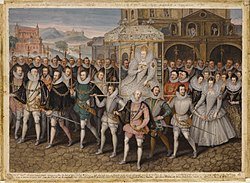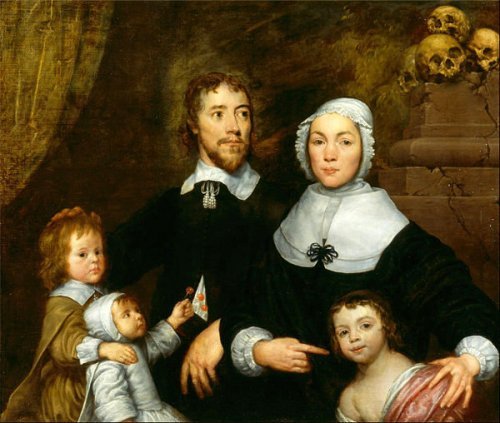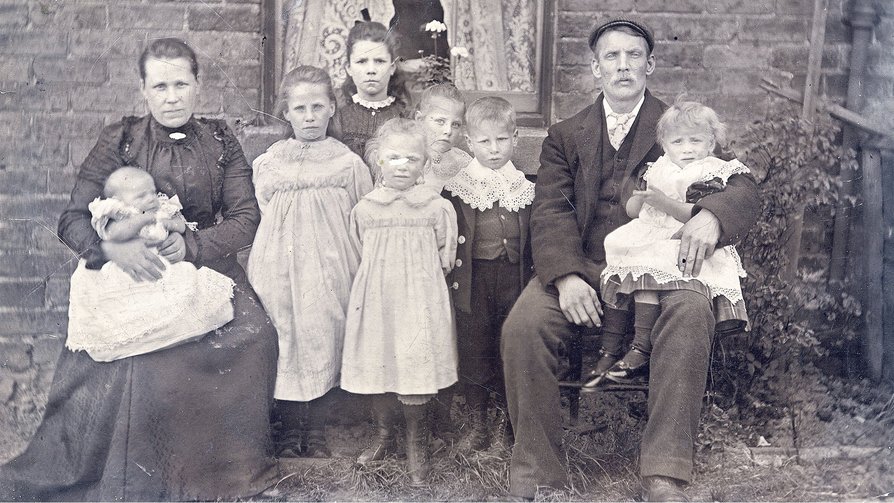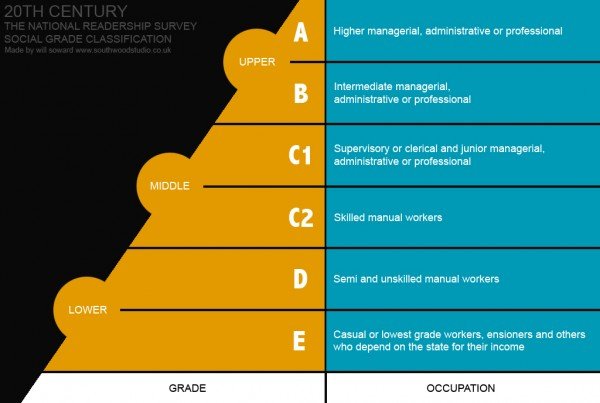Social Class Structure
Wealthy Landowners
This was the most powerful group, which made up the smallest amount of the population. It included the most important of the aristocracy and squires.
Gentry
This included those who received a high standard of upbringing but were not as important as the upper echelon of wealth. This included: gentlemen, merchants, wealthy tradesmen, and well-off manufacturers.
Yeoman
Yeoman were those who owned and worked their own land. They are also better known as “freeholders.”
Middle Class
A newer rung on the social ladder came to be known as the blooming middle class comprised about 15% of the population. The upper middle class included certain professionals and merchants. The lower middle class included artisans, shopkeepers, and tradesmen.
Laboring Poor
This comprised almost 25% percent of the population and it included all who worked in rural areas, did menial jobs, and the “urban laboring poor,” who worked in the country side.
Black Britons
Though they made up a small portion of the population, black slaves existed and were a hot issue during the early half of the century. Their labor made commodities available and cheap, but the idea of slavery as wrong was extremely prevalent. No matter the protest, though, the labor and trade continued until its abolition in 1833. [2]







